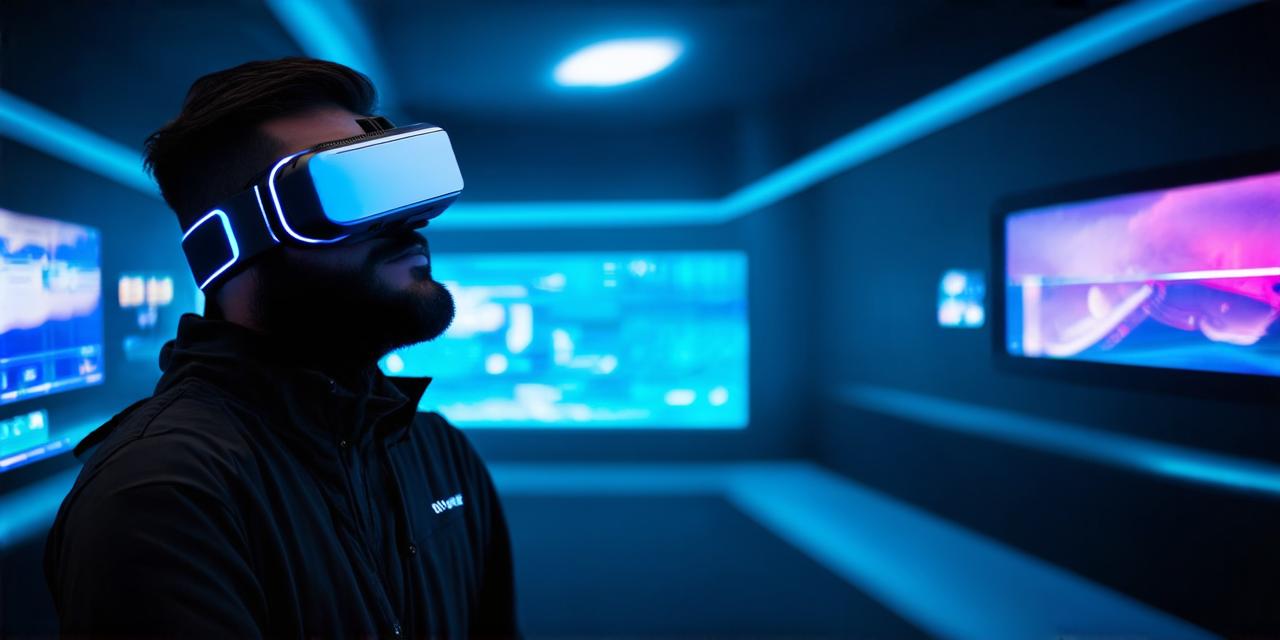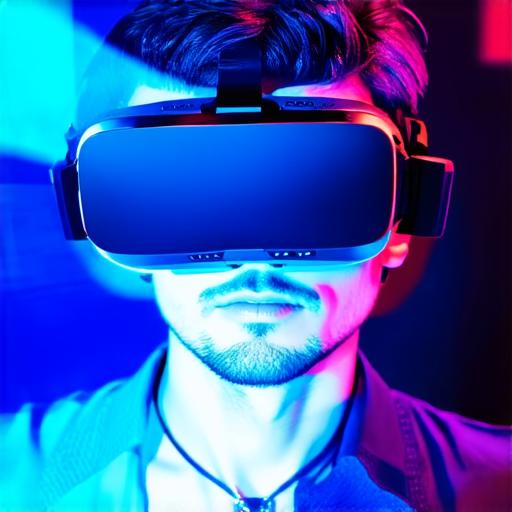
How real can virtual reality feel?
As virtual reality technology continues to advance, we’re seeing more and more immersive experiences that are blurring the line between what’s real and what’s not.
In this article, we’ll take a look at some of the latest developments in virtual reality technology and explore how they’re changing the way we interact with virtual environments. We’ll also discuss some of the challenges that designers face when creating realistic experiences, and examine case studies that demonstrate the power of virtual reality to create powerful, emotional connections with users.
Haptic Feedback: The Key to Realism
One of the biggest challenges in creating realistic virtual environments is providing users with feedback that feels authentic. That’s where haptic feedback comes in. Haptic feedback refers to the use of physical sensations, such as vibrations or pressure, to simulate the sensation of touch in a virtual environment.
By incorporating haptic feedback into virtual reality experiences, designers can create a sense of immersion that’s difficult to achieve with traditional displays. For example, a haptic glove could provide users with the sensation of grasping an object, while a chair could simulate the feeling of sitting in a real-world environment.
One company, HaptX, has developed a haptic technology that allows users to feel textures in virtual environments. This technology could be used to create more realistic simulations of everything from clothing to furniture.
Case Studies: Bringing Virtual Reality to Life
There are many examples of virtual reality experiences that have created powerful, emotional connections with users. One such example is the “Endless Ocean” virtual reality experience, which allows users to explore the depths of the ocean and interact with marine life in a way that’s never possible in real life.
Another example is the “Job Simulator” virtual reality game, which allows users to simulate various jobs, such as being a chef or a doctor. This experience provides users with a sense of accomplishment and satisfaction that can be difficult to achieve in other forms of entertainment.
The Power of Virtual Reality to Create Emotional Connections
Virtual reality has the power to create emotional connections that are difficult to achieve in other forms of media. This is because virtual environments allow users to interact with the world in a way that’s not possible in real life, and this interaction can be used to create powerful emotional experiences.

For example, the “Tilt Brush” virtual reality experience allows users to paint in a 3D space, and the act of creating something with their own hands can be incredibly satisfying. Similarly, the “The Lab” virtual reality experience provides users with a variety of interactive tasks that can be completed in a group setting, creating a sense of camaraderie and teamwork.
The Future of Virtual Reality: What’s Next?
As virtual reality technology continues to advance, we can expect to see even more immersive and realistic experiences in the future. This could include new forms of haptic feedback that allow us to feel even more connected to virtual environments, as well as advances in artificial intelligence that make virtual characters more lifelike and interactive.
One thing is certain: virtual reality will continue to be an important tool for creating powerful, emotional connections with users. Whether it’s exploring the depths of the ocean or simulating a job, virtual reality experiences have the power to transport us to new worlds and create experiences that are impossible in real life.


